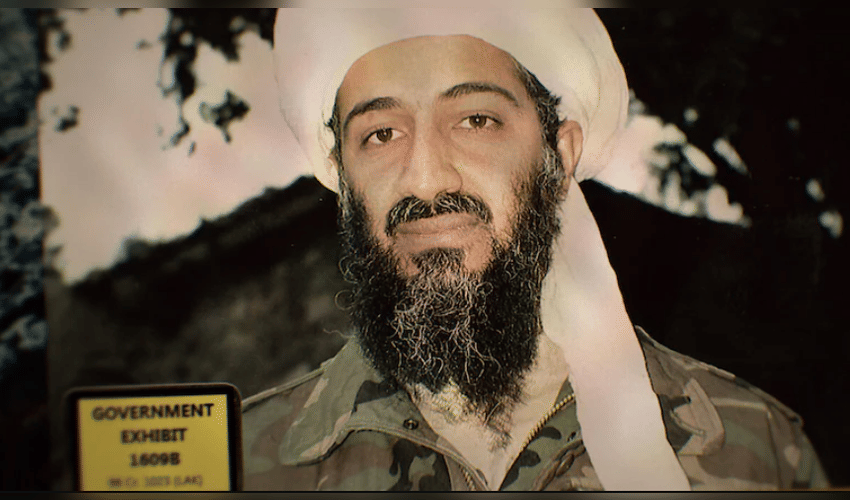Military
Ex-CIA Officer Reveals Bin Laden's Daring Escape Disguised as a Woman at Tora Bora
Published On Sat, 25 Oct 2025
Fatima Hasan
6 Views

In a stunning revelation that sheds new light on one of the most intense manhunts in recent history, ex-CIA officer John Kiriakou has disclosed that Al-Qaeda leader Osama bin Laden escaped the U.S. military’s cornering at Tora Bora by disguising himself as a woman. According to Kiriakou, who served 15 years with the CIA and led counterterrorism operations in Pakistan, this daring escape was aided by a mole—a translator embedded within the U.S. Central Command who was secretly an Al-Qaeda operative.
The U.S. had believed by October 2001 that bin Laden and his closest Al-Qaeda associates were trapped in Afghanistans Tora Bora caves, with U.S. forces heavily bombing the region. However, due to the translator’s deception, they agreed to delay the final assault, allowing bin Laden to request time to evacuate women and children. Under this guise, bin Laden dressed as a woman and slipped away under nightfall, reportedly taking a pickup truck into Pakistan. When dawn broke, the location was deserted, confirming the escape.
Kiriakou also highlights the complexity of U.S.-Pakistan relations during this period. The U.S. was heavily reliant on Pakistan under President Pervez Musharraf to facilitate operations in the region. This transactional relationship involved substantial financial aid to Pakistan, even while Pakistan’s intelligence services were found to have links to militant groups like Lashkar-e-Taiba, further complicating the counterterrorism landscape. This revelation offers a fresh perspective on the operational challenges and intelligence failures faced during the early stages of the War on Terror. It underscores how infiltration and misinformation within U.S. ranks helped bin Laden evade capture, prolonging his life until he was eventually killed in 2011 in Pakistan.
The story also prompts reflection on the strategic decisions made in delicate geopolitical contexts, where alliances with regional powers are often fraught with contradictions and compromises. As Kiriakou suggested, the U.S. stance was cautious and reactive initially, waiting more than a month after 911 before launching systematic bombing campaigns in Afghanistan, trying to avoid impulsive actions clouded by emotion. This episode serves as a critical case study about the complexity of modern espionage and counterterrorism. It also highlights the need for robust intelligence vetting and the inherent risks when local and global interests intersect in conflict zones.
The escape of bin Laden disguised as a woman is a remarkable twist in the narrative of his elusiveness and the lengths he went to avoid capture. It remains a powerful example of how human intelligence, deception, and regional politics can shape even the most high-profile security operations. This revelation by John Kiriakou not only adds dimension to the historical record but also reinforces why understanding the nuanced interplay of intelligence, diplomacy, and military action is crucial for future counterterrorism efforts.
Disclaimer: This image is taken from NDTV.



